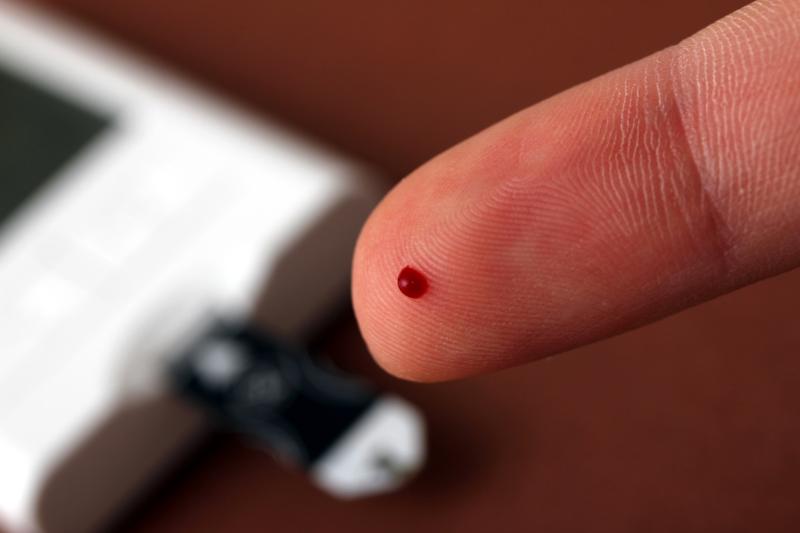Being diagnosed with diabetes can be very frustrating. This condition implies a drastic change in lifestyle and eating habits. People recently diagnosed with this disease shouldn’t ignore the problem since it can lead to severe health issues including fatigue, cataracts, and glaucoma, gastroparesis, damaged blood vessels, foot problems, and risk of heart disease. That’s why you need to take all necessary measures to start treating diabetes as soon as possible.
It is essential to understand the roots of the disease and the way it can be managed. At this point, 30 million adults in the United States have this diagnosis. Your close person can live a long life if they apply specific strategies on time. Take a look at what you can do in order to help someone who has been recently diagnosed with Type 2 diabetes :
Learn about Type 2 diabetes
Diabetes is considered a chronic medical condition in which sugar levels build up in the bloodstream. Only a hormone called insulin can move glucose from the blood into the cells. However, body cells of people with Type 2 diabetes don’t respond to insulin in the right way.
The good thing is that anyone can effectively manage this condition. Nowadays, there are a lot of diabetic supplies, diet plans, and exercise strategies that can help reverse this disease. Doctors still don’t understand what exactly causes diabetes. Researchers agree that certain factors, such as genes, unhealthy lifestyle, and environmental issues, have something to do with it.
Ask your loved one to take you to the appointment with their doctor so that you can learn in detail about the condition.
To keep blood sugar levels closer to normal, patients need to have regular blood sugar monitoring, take diabetes medications, and go through insulin therapy. Your loved one can take medicines that have only been approved by their doctor.
Keep it active
People with diabetes usually have weight problems. That’s why losing at least 5% of the body weight can make a big difference. Regular exercise can help to attain normal body weight, lower blood sugar levels, reduce blood pressure, and feel more energetic.
Some patients can’t find enough motivation and strength to start being active. If you see that your loved one can’t make up their mind to go to the gym, help with that. For instance, you can become their gym buddy and exercise with them. To foster weight loss, your friend should do stretching exercises, lifting, and pushing. There are a lot of sports, so encourage your loved one to try them all and choose the most effective one.
Also, encourage your friend to take the stairs instead of the elevator, play with pets, and walk long distances during the day. You can always be there to inspire your loved one to go outside more often and be active. Doctors recommend to workout at least five times per week.
Eating habits
To lose weight, your friend needs to stick to a healthy diet. Your loved one shouldn’t starve to death since there are a lot of products that people with diabetes can eat. They can even eat sweets from time to time (only when it is combined with diet plan and physical activity).
Make sure your friend doesn’t skip meals. It is recommended to stick to the eating schedule. Following the pattern that repeats every day can increase metabolism, according to the latest study.
Certain foods can keep your friend’s blood sugar levels well-controlled. According to the American Diabetes Association (ADA), adults with Type 2 diabetes should eat plenty of vegetables, fruit, and protein.
Your loved one should avoid eating high-GI foods such as rice, bread, pasta, melon, popcorn, white potatoes, and pineapple. Your friend may also wish to limit the following foods:
Refined sugar ( e.g., cakes, ice cream, and other sweets)
Sugary drinks ( e.g., shakes, energy drinks and soda)
Alcohol
Salty foods (e.g., chips, french fries, fast food burgers)
You are the one who can help your close person reverse Type 2 diabetes and prolong their life. As stated above, being diagnosed with this condition is not a verdict. At this point, millions of people in the U.S. manage the disease. Be there for your friend – eat healthy together, go to the gym and spend more time outside in general. Ask your loved one what else you can do to help them feel better. Also, you can attend a diabetes support group with them and offer to visit doctor appointments so that you can also learn more about the condition and how to give insulin shots whenever it’s needed.
According to the review published in the journal Diabetes, Metabolic Syndrome, and Obesity, people with both type 1 and type 2 diabetes have better disease management when their friends and family members support them.











